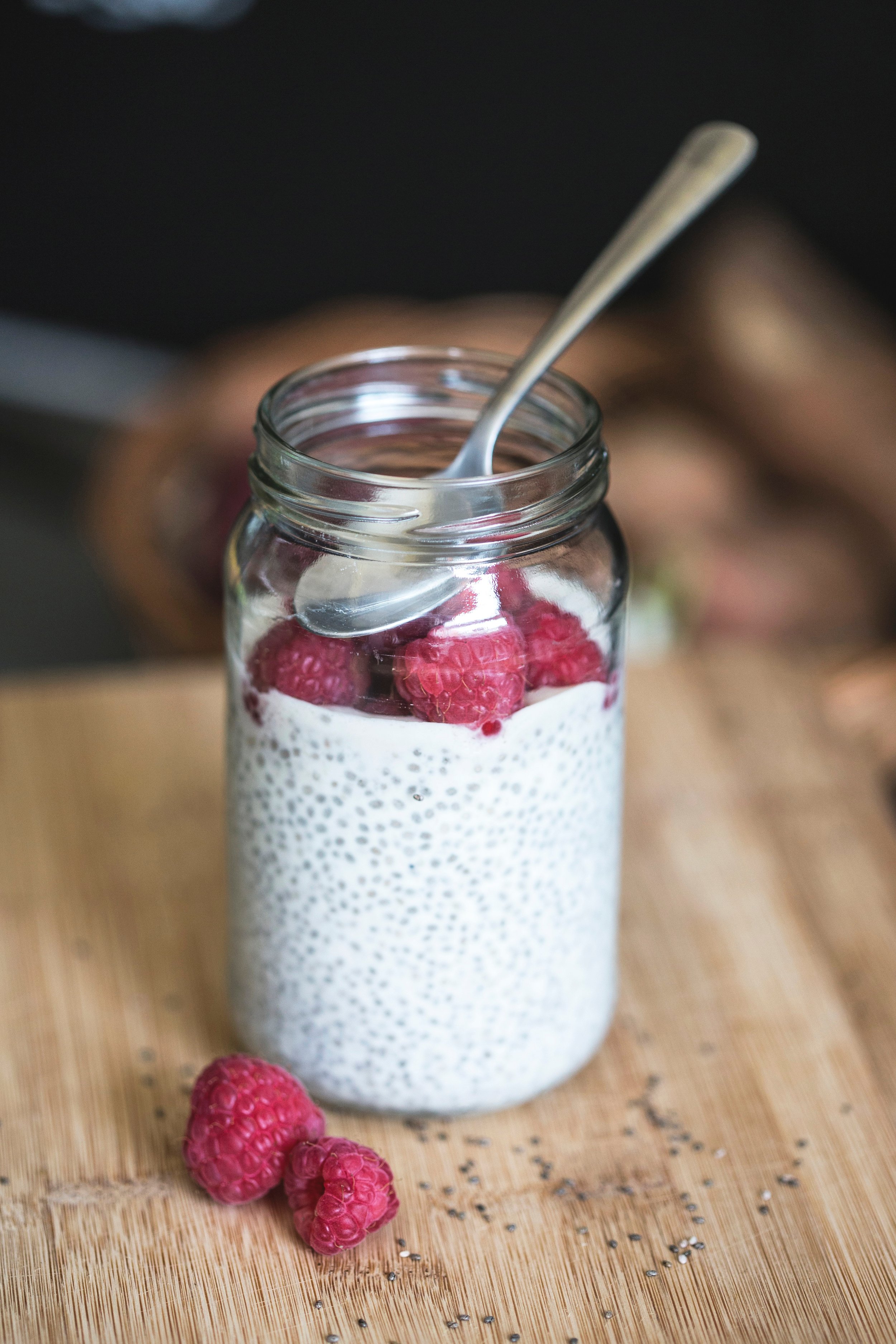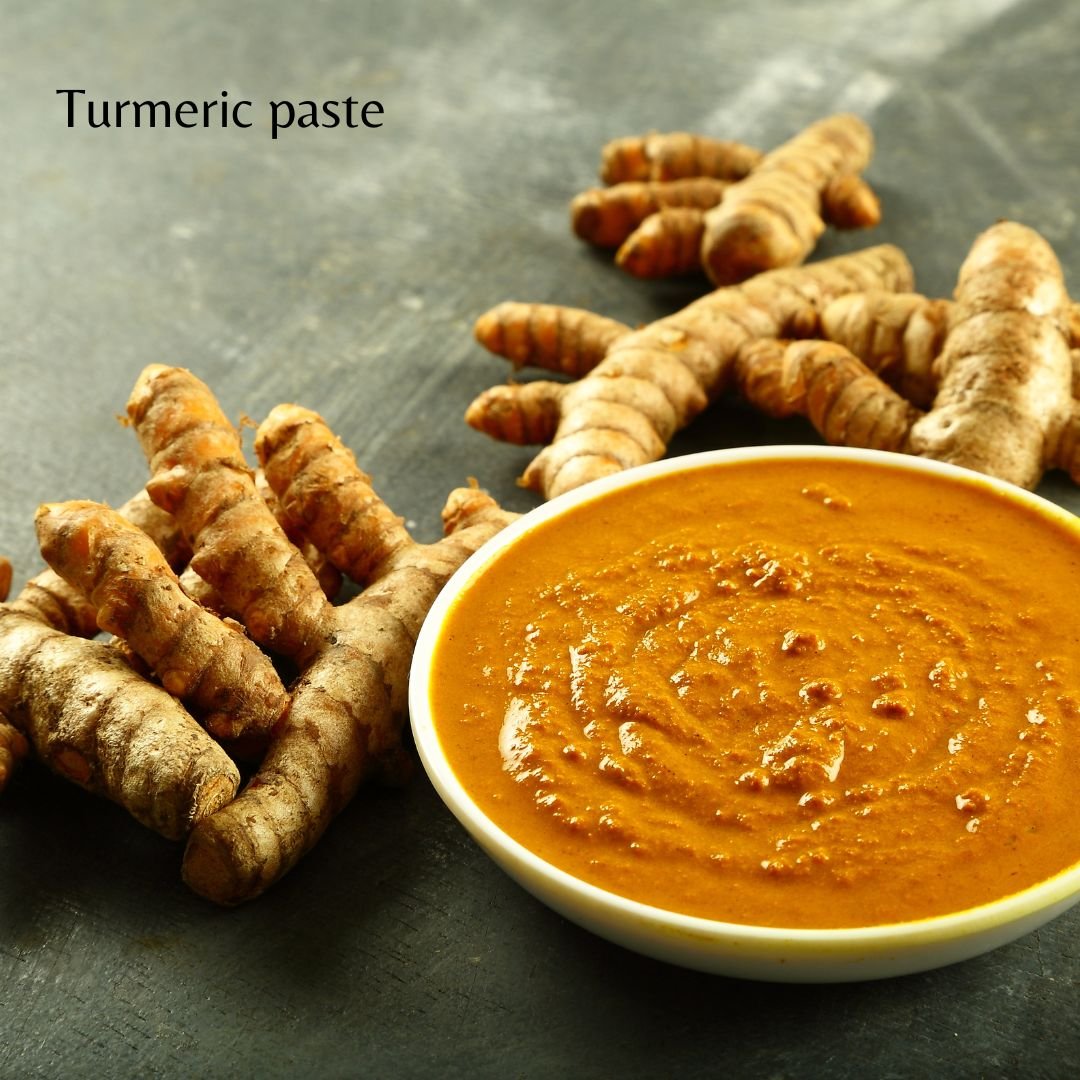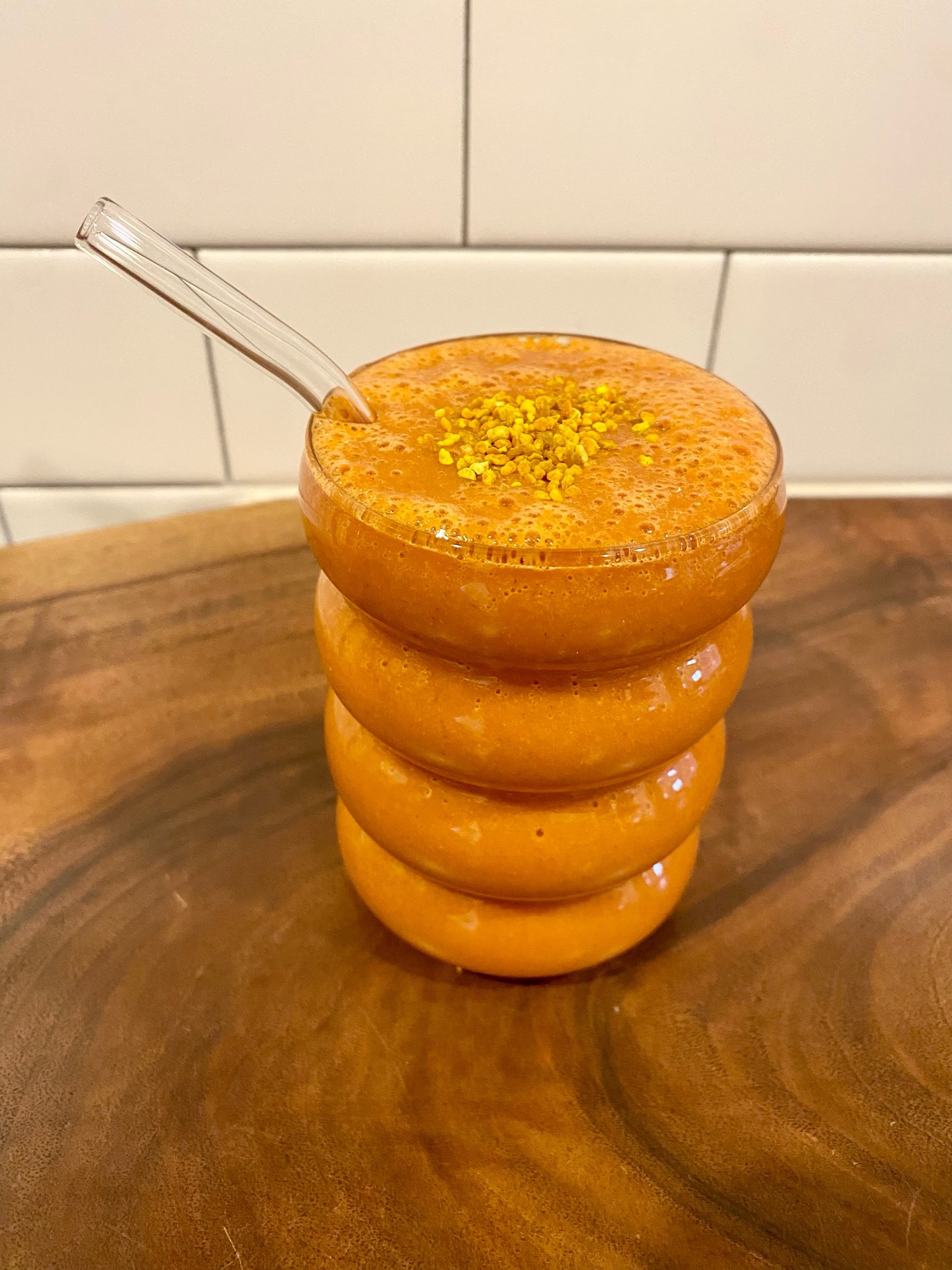Endometriosis and Traditional Chinese Medicine
Exploring Endometriosis and Chinese Medicine
Endometriosis, a chronic and often painful condition affecting millions of women worldwide, presents complex challenges in both diagnosis and treatment. While conventional medicine offers various interventions, an increasing number of individuals are turning to holistic approaches such as Traditional Chinese Medicine (TCM) for relief.
In this article, we explore TCM principles, its perspective on endometriosis, and the potential benefits of integrating TCM modalities into conventional management strategies. With insights from recent research and clinical studies, we aim to provide a well-rounded understanding of how Chinese medicine can offer hope and support for those navigating the challenges of endometriosis.
Endometriosis is a vastly misunderstood, frequently misdiagnosed, inadequately treated, and severely underfunded condition. Globally, it afflicts around 176 million individuals, with an annual hospitalization rate of fifty thousand women in the United States alone, making it the third most common cause of gynecological hospitalizations. Despite its prevalence, it remains one of the most obscure diseases, necessitating a shift in awareness. Causes are unknown, and endometriosis can start at a person's first menstrual period and last until menopause.
Renowned endometriosis surgeon Dr. David Redwine of the Endometriosis Foundation of America emphasizes its significance, labeling it the most aggressive benign human disease. This sentiment is supported by the American Society for Reproductive Medicine, which asserts that up to 50% of women experiencing infertility may have endometriosis. However, living with endometriosis doesn't have to dominate one's life. Empowerment through knowledge is paramount. Understanding how endometriosis impacts one's body is crucial for effective management and reclaiming control.
Understanding Endometriosis
Endometriosis is a gynecological disorder characterized by the presence of endometrial-like tissue outside the uterus, commonly on the ovaries, fallopian tubes, and pelvic lining. This aberrant tissue responds to hormonal changes during the menstrual cycle, leading to inflammation, pain, adhesions, and scar tissue formation. Despite its prevalence and impact on quality of life, the exact cause of endometriosis remains elusive, and treatment options often focus on symptom management rather than addressing the underlying factors.
While scientific research on the efficacy of TCM for endometriosis is still evolving, preliminary studies suggest promising outcomes. A systematic review published in the Journal of Obstetrics and Gynaecology Canada found acupuncture to be effective in reducing pain and improving quality of life in women with endometriosis [4]. Additionally, a randomized controlled trial published in the Journal of Alternative and Complementary Medicine reported significant reductions in pelvic pain and improvements in menstrual symptoms following acupuncture treatment [5].
Given the multifaceted nature of endometriosis, an integrative approach that combines the strengths of conventional medicine with holistic modalities like TCM holds promise for comprehensive management. By addressing physical symptoms and underlying imbalances in the body, mind, and spirit, individuals with endometriosis can achieve greater symptom relief, improved quality of life, and enhanced overall well-being. Often, laparoscopic surgery is needed for severe cases, even after all of these natural options have been employed, but these options can also help a person with endometriosis heal more easily post-surgery or prolong the need for it.
In TCM, endometriosis manifests as underlying imbalances in the body's energy (Qi) and blood circulation. Stagnation of Qi and blood and deficiencies in the Spleen, Liver, and Kidney meridians can contribute to the development and progression of endometriosis. TCM views each holistically, considering factors such as constitution, lifestyle, and emotional well-being in assessing and treating the condition. Blood stagnation is a very common underlying condition of those dealing with endometriosis, and moving Blood and Qi is often very effective for symptom management.
Possible Symptoms of Endometriosis
Infertility
Pain with sex
Gastrointestinal issues
Painful ovulation
Food intolerances
Severe menstrual cramps
Heavy or irregular periods
Back and leg pain
Pain full urination
Chronic fatigue
Painful bowel movements
Depression and anxiety
11 Things to Help Reduce Endometriosis Symptoms
Antioxidants
Antioxidants such as NAC and vitamins A, C, and E [6] have shown promise in reducing pain symptoms before surgery and significantly decreasing peritoneal fluid inflammatory markers.
EGCg (Epigallocatechin gallate)
The active constituent of green tea, called EGCG for short, is a powerful polyphenol and is shown to help improve endometriosis due to benefiting the mechanisms that inhibit blood vessel growth, reduce scar tissue formation, and suppress cell proliferation. [8]
Acupuncture
Acupuncture, a cornerstone of TCM, involves the insertion of fine needles at specific acupuncture points to restore the flow of Qi and blood, alleviate pain, and regulate hormonal imbalances. Recent studies have demonstrated the efficacy of acupuncture in reducing pelvic pain and improving the quality of life in women with endometriosis [1].
Chinese Herbs
Herbal formulations tailored to individual patterns of disharmony are commonly prescribed in TCM practice to address symptoms and restore balance. Herbs with anti-inflammatory, analgesic, and hormonal regulatory properties, such as Chinese peony root (Paeonia lactiflora) and licorice root (Glycyrrhiza glabra), may be included in herbal formulas for endometriosis management [2]. Herbs such as curcumin and ginger are highly effective as well. [7]. Herbal formulas such as Gui Zhi Fu Ling Wan may also be a promising solution.
Pelvic Floor Therapy
Pelvic floor therapy can help improve endometriosis by addressing pelvic floor dysfunction, reducing pain, improving pelvic muscle strength and flexibility, enhancing blood flow to the pelvic region, and promoting relaxation, which can alleviate symptoms such as pelvic pain and discomfort. [9]
Probiotics
Probiotics may potentially help with endometriosis by modulating the gut microbiota, which could, in turn, influence inflammation and immune responses in the body. Some research suggests that certain strains of probiotics may have anti-inflammatory effects and could help rebalance the gut microbiome, which may indirectly alleviate symptoms associated with endometriosis, such as bloating and gastrointestinal discomfort [10].
A Diet High in Fruits and Vegetables
TCM emphasizes the role of diet in maintaining health and addressing imbalances. Foods with anti-inflammatory properties, such as turmeric, ginger, and leafy greens, are often recommended to reduce inflammation and support hormonal balance in individuals with endometriosis [11].
Omega-3 Fatty Acids
Omega-3 fatty acids, found in certain fish (such as salmon, mackerel, and sardines) as well as in flaxseeds, chia seeds, and walnuts, have anti-inflammatory properties that may be beneficial for individuals with endometriosis. Chronic inflammation is a key component of endometriosis, contributing to pain and other symptoms. Omega-3s can help counteract this inflammation, potentially reducing pain and improving overall symptoms. Additionally, omega-3 fatty acids play a role in hormone regulation and may help balance hormone levels, which could be beneficial for those with hormonal imbalances associated with endometriosis [12].
Stress Reduction
Stress management techniques, such as mindfulness, meditation, and relaxation exercises, can help alleviate symptoms of endometriosis by reducing cortisol levels and modulating the body's stress response. This can potentially ease pain and improve overall well-being.
Castor Oil Packs
Castor oil packs may offer potential benefits for individuals with endometriosis by promoting relaxation, reducing inflammation, and improving circulation to the pelvic area, which could help alleviate pain and discomfort associated with the condition.
Qi Gong and Tai Chi
Mind-body practices like Qi Gong and Tai Chi, which incorporate gentle movements, breathing techniques, and meditation, can help alleviate stress, improve circulation, and promote overall well-being in individuals with endometriosis [3].
Endometriosis poses significant challenges to women's health, often requiring a multifaceted and comprehensive approach to management. Traditional Chinese Medicine offers a holistic framework that considers the interconnectedness of body, mind, and spirit in assessing and treating endometriosis. By integrating modalities such as acupuncture, herbal medicine, dietary therapy, and mind-body practices, individuals with endometriosis can access comprehensive support for symptom relief and long-term wellness. Surgery is often a part of this treatment plan as well. As research continues to explore the potential benefits of TCM for endometriosis, collaboration between conventional and holistic healthcare providers holds promise for optimizing outcomes and empowering women on their endometriosis journey.
References:
1. Choi TY, Lee MS, Ernst E. Acupuncture for pain relief in patients with rheumatoid arthritis: a systematic review. Rheumatology (Oxford). 2008;47(11):1747-53.
2. Flower A, Liu JP, Lewith G, Little P, Li Q. Chinese herbal medicine for endometriosis. Cochrane Database Syst Rev. 2012;5:CD006568.
3. Kawakita T, Kato T, Iwasa T, et al. Mental stress promotes the proliferation of endometriotic lesions in mice. Cytokine. 2020;135:155222. doi:10.1016/j.cyto.2020.155222
4. Jo J, Lee YJ. Effectiveness of acupuncture in endometriosis pain control: a systematic review and meta-analysis. J Obstet Gynaecol Res. 2018;44(6):1014-1025.
5. Wayne PM, Kerr CE, Schnyer RN, et al. Japanese-style acupuncture for endometriosis-related pelvic pain in adolescents and young women: results of a randomized sham-controlled trial. J Altern Complement Med. 2008;14(5):533-40.
6. Santanam N, Kavtaradze N, Murphy A, Dominguez C, Parthasarathy S. Antioxidant supplementation reduces endometriosis-related pelvic pain in humans. Transl Res. 2013;161(3):189-195.
7. Chen CX, Barrett B, Kwekkeboom KL. Efficacy of Oral Ginger (Zingiber officinale) for Dysmenorrhea: A Systematic Review and Meta-Analysis. Evid Based Complement Alternat Med. 2016;2016:6295737.
8. Kamal DAM, Salamt N, Zaid SSM, Mokhtar MH. Beneficial Effects of Green Tea Catechins on Female Reproductive Disorders: A Review. Molecules. 2021;26(9):2675. Published 2021 May 3.
9. Nezhat C, Vang N, Tanaka PP, Nezhat C. Optimal Management of Endometriosis and Pain [published correction appears in Obstet Gynecol. 2020 May;135(5):1233]. Obstet Gynecol. 2019;134(4):834-839.
10. Khodaverdi S, Mohammadbeigi R, Khaledi M, et al. Beneficial Effects of Oral Lactobacillus on Pain Severity in Women Suffering from Endometriosis: A Pilot Placebo-Controlled Randomized Clinical Trial. Int J Fertil Steril. 2019;13(3):178-183.
11. Parazzini F, Chiaffarino F, Surace M, et al. Selected food intake and risk of endometriosis. Hum Reprod. 2004;19(8):1755-1759.
12. Khanaki K, Nouri M, Ardekani AM, et al. Evaluation of the relationship between endometriosis and omega-3 and omega-6 polyunsaturated fatty acids. Iran Biomed J. 2012;16(1):38-43.
WANT TO LEARN MORE?
STILL HUNGRY?















































Learn about Kidney Yang Deficiency in Traditional Chinese Medicine, including signs, symptoms, food choices, and lifestyle tips to restore balance and vitality. Discover a warming recipe to support Kidney Yang health.